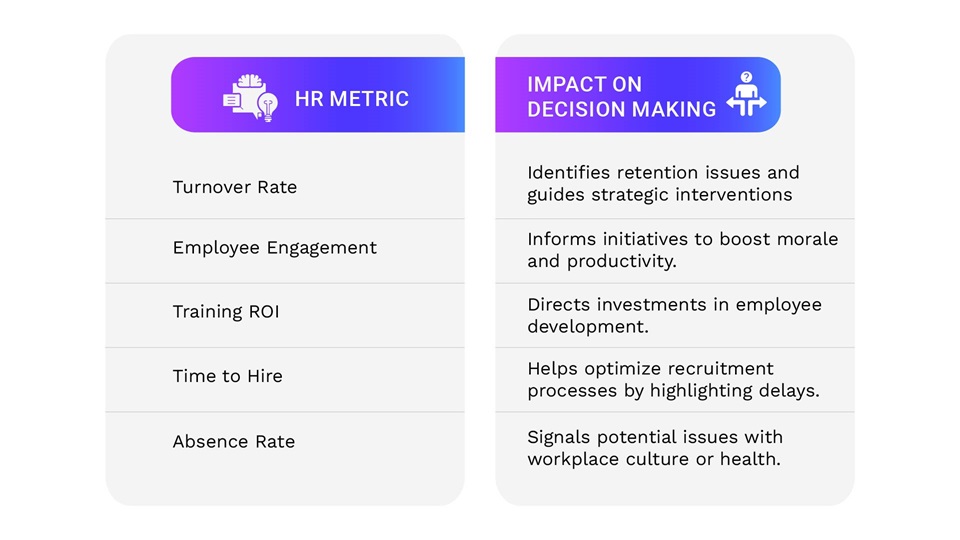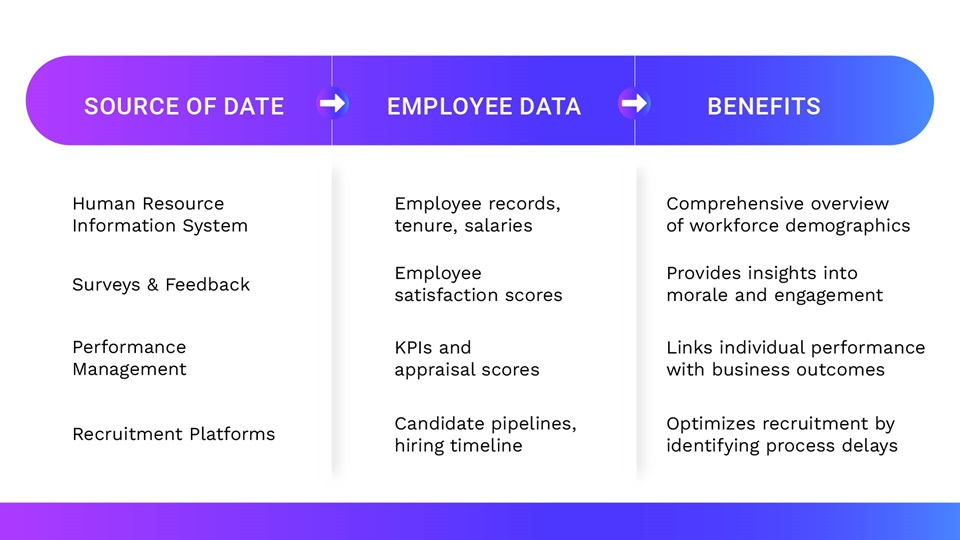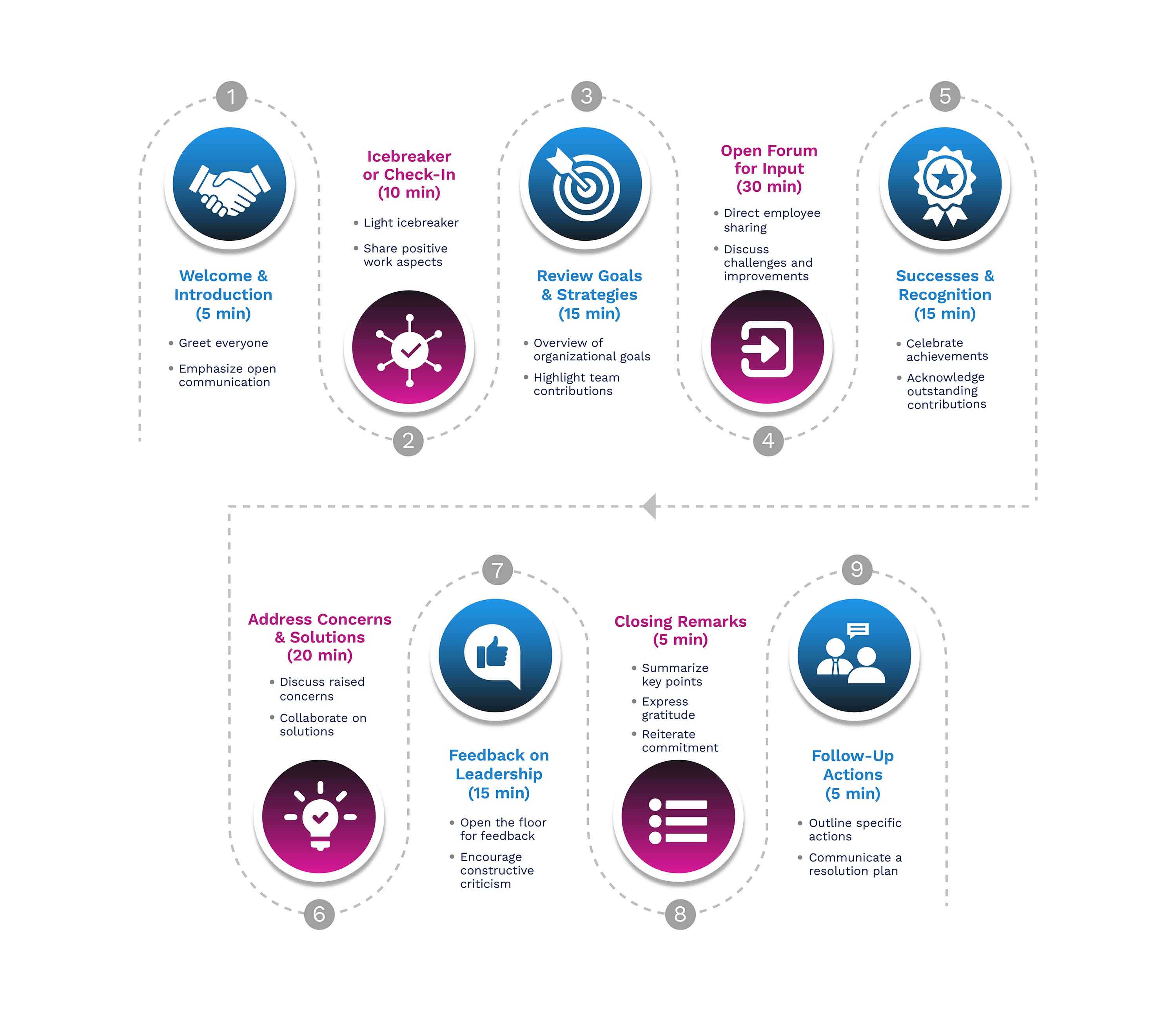Introduction to Paperless HR Solutions
The human resources (HR) department manages a lot of different tasks on a day-to-day basis.
It is an essential part of any organization, responsible for managing employee records, benefits, payroll, taxes, learning, engagement, and so much more.
However, traditional paper-based HR processes can be inefficient, costly, and unsustainable.
This blog will explore the benefits of going paperless in HR, including increased efficiency, cost savings, and sustainability.
Understanding the Challenges of Paper-Based HR
Common paper-based HR processes include employee record-keeping, benefits enrollment, and performance evaluations. However, these processes can be time-consuming, error-prone, and difficult to manage. For example, paper-based employee records can be lost, damaged, or stolen, leading to compliance issues and legal liabilities.
Additionally, paper-based processes can be slow and inefficient, leading to delays in employee onboarding and other HR tasks.
Identifying pain points and areas for improvement is crucial to building a case for a paperless HR department.
Organizations can make a compelling case for transitioning to a digital approach by understanding the drawbacks of paper-based HR processes.
Furthermore, paper-based HR practices have a significant environmental impact, contributing to deforestation, greenhouse gas emissions, and waste.
Some more challenges of managing a paper-based HR department:
- Inefficient record-keeping: Storing and organizing paper files can lead to disorganization and difficulty in retrieving essential employee records when needed.
- Limited accessibility: Paper-based HR records can only be accessed from specific physical locations, making it challenging for remote or off-site employees to access their information quickly.
- Higher operational costs: Printing, copying, and storing paper documents can lead to increased expenses on stationery, storage space, and equipment maintenance.
- Reduced collaboration: Sharing paper documents can be cumbersome, hindering collaboration among HR team members and other departments.
- Compliance and regulatory risks: Ensuring compliance with changing labor laws and regulations can be challenging with paper-based processes, increasing the risk of non-compliance and potential legal issues.
- Lack of real-time insights: Paper-based HR processes often lack the ability to generate real-time reports and analytics, limiting the HR team's ability to make data-driven decisions.
- Space constraints: Physical storage of paper documents can lead to space constraints, requiring additional facilities and resources to manage growing HR records over time.
Building the Case for a Paperless HR Department
Transitioning to a paperless HR department can bring numerous benefits, including increased efficiency, cost savings, and sustainability.
Organizations can streamline workflows, reduce errors, and improve data security by digitizing HR processes.
Furthermore, going paperless can save organizations money on printing, storage, and other related costs.
According to a recent survey conducted by Archive Systems, Inc., 77% of HR departments are successfully going paperless.
Digitizing HR processes can also help organizations comply with relevant regulations and industry standards, such as the General Data Protection Regulation (GDPR) and the Health Insurance Portability and Accountability Act (HIPAA).
Creating a Paperless HR Strategy
Assessing current HR processes and identifying areas for digitization is crucial in creating a paperless HR strategy.
Organizations must establish clear goals and objectives for the paperless transition, such as reducing paper usage, improving data security, and increasing efficiency.
Securing buy-in and support from key stakeholders and decision-makers is also essential to the success of a paperless HR strategy.
Here are 10 practical steps to create a paperless HR solution strategy:
- Assess current paper-based processes: Conduct a comprehensive review of all HR processes that involve paper usage. Identify areas where paper can be replaced with digital solutions and assess the potential benefits of going paperless.
- Set clear objectives: Define specific goals and objectives for transitioning to a paperless HR system. These objectives could include reducing paper usage, improving efficiency, enhancing data security, or increasing employee satisfaction.
- Invest in HR technology: Identify and invest in suitable HR software and tools that support paperless processes, such as cloud-based HR management systems, electronic signature software, and document management solutions. Or you may bypass the complex and costly technological investments and hire a reputed HR outsourcing partner like Exela HR Solutions.
- Develop a document retention policy: Establish a document retention policy that outlines how long specific HR records should be stored digitally and when they can be securely deleted to maintain compliance with legal and regulatory requirements.
- Provide employee training: Offer comprehensive training to HR staff and other employees on how to use the new digital tools effectively. Ensure they are comfortable with the transition and understand the benefits of going paperless.
- Implement electronic document management: Transition all HR documents, such as employee records, performance appraisals, and onboarding paperwork, to electronic formats. Utilize document management software like DrySign to organize and store these files securely.
- Digitize historical records: Convert existing paper HR records into digital formats. Consider outsourcing scanning and digitization services to experts like Exela HR Solutions for large volumes of historical documents.
- Implement electronic signatures: Replace manual signatures with electronic signatures for documents like offer letters, contracts, and policy acknowledgments. This will streamline approval processes and eliminate the need for printing and physical signatures.
- Promote employee self-service: Encourage employees to access their HR-related information through self-service portals. This empowers them to view and update personal data, request time off, and access pay stubs without relying on printed documents.
- Monitor progress and continuously improve: Regularly assess the effectiveness of the paperless HR solution strategy and gather feedback from employees and HR staff. Use this feedback to make improvements and optimize the digital processes further.
Also Read our latest blog: ChatGPT in HR: 21 Ready-to-Use Prompts To Try out Now!
Selecting the Right Path to a Paperless Future: HR Software Tools or HR Outsourcing?
The decision between HR software tools and HR outsourcing should be based on the organization's unique requirements, long-term goals, and available resources.
Analyzing factors like size, complexity of HR processes, budget, and desired level of control will help organizations make an informed choice that optimizes HR efficiency and supports business objectives.
Advantages of HR Software Tools:
- Flexibility: HR software tools offer a wide range of solutions, from recruitment and onboarding to payroll and performance management. Organizations can choose specific modules that align with their needs and integrate them seamlessly.
- Scalability: Software tools are suitable for organizations of all sizes. They can adapt as the company grows, provide additional functionalities, or serve multiple locations with time.
- Control: Using HR software allows organizations to maintain control over their HR processes and data. Customization options enable tailoring the solutions to fit specific requirements.
- Data Analytics: HR tech tools offer robust data analytics, enabling HR professionals to make data-driven decisions, identify trends, and improve overall workforce management.
Consider HR Software Tools When:
- The organization has well-defined HR processes and seeks to enhance efficiency and streamline workflows.
- There's a preference for in-house control of HR functions, data, and processes.
- The budget allows for initial investment and ongoing maintenance costs.
Advantages of HR Outsourcing:
- Expertise: HR outsourcing providers are specialists in HR processes, compliance, and best practices. They bring valuable expertise and industry knowledge.
- Cost-Effectiveness: For small to medium-sized businesses, outsourcing HR can be more cost-effective than investing in comprehensive HR tech solutions and maintaining them.
- Compliance and Risk Management: HR outsourcing ensures compliance with labor laws and regulations, reducing the risk of legal issues and penalties.
- Focus on Core Competencies: Outsourcing HR tasks frees up internal resources, allowing the organization to focus on core business functions and strategic initiatives.
Consider HR Outsourcing When:
- The organization lacks the resources or expertise to manage complex HR functions effectively.
- Specific HR processes, like payroll or benefits administration, are time-consuming and distract from core business activities.
- There's a need for additional HR support, such as during periods of rapid growth or restructuring.
- The organization seeks to reduce HR administrative burdens and improve employee experience.
Hybrid Approach:
In some cases, a hybrid approach may be the best solution. This involves using HR tech tools for certain functions while outsourcing others. For instance, an organization might use HR software for recruitment and performance management but outsource payroll processing and benefits administration. The hybrid approach offers the flexibility to tailor HR services according to specific needs and budget constraints.
Overcoming Implementation Challenges
Addressing resistance to change and fostering a culture of digital adoption is crucial to overcoming implementation challenges. Training HR staff and employees on using the new digital tools is also essential to ensure a smooth transition. Developing a smooth transition plan to minimize disruptions during implementation is also crucial.
Streamlining HR Processes with Automation
Digitizing employee records and documents, automating recruitment and onboarding processes, and implementing electronic signatures for seamless document approvals are some of the ways to streamline HR processes with automation. Organizations can reduce errors, improve data security, and increase efficiency by automating HR processes.
Enhancing Employee Engagement through Self-Service Portals
Employee self-service portals can provide numerous benefits, including enabling employees to securely access and update their information and improving HR service delivery and response times. Organizations can increase employee engagement and satisfaction by providing employees with self-service portals.
Data Security and Compliance in a Paperless Environment
Ensuring data privacy and protection in a digital HR landscape and complying with relevant regulations and industry standards are crucial to data security and compliance in a paperless environment. Implementing backup and disaster recovery plans for data safety is also essential to ensure data security.
Measuring Success: Key Performance Indicators for Paperless HR
Measuring the success of a paperless HR strategy requires tracking relevant Key Performance Indicators (KPIs) that reflect the efficiency, effectiveness, and impact of the digital HR processes.
Here is a list of the top 15 KPIs to consider for measuring the success of your paperless HR initiative:
- Employee Onboarding Time: The average time taken to onboard new employees digitally, from the time of offer acceptance to completion of all required documentation and training.
- Employee Self-Service Adoption Rate: The percentage of employees actively using self-service tools to access and update personal information, request leave, view payslips, etc.
- Paper Usage Reduction: Measure the reduction in paper consumption by tracking the number of physical HR documents generated before and after the implementation of paperless HR solutions.
- Process Efficiency: Assess the efficiency of HR processes by tracking the time taken to complete tasks, such as processing leave requests, managing performance appraisals, and handling employee inquiries.
- Error Rate: Monitor the rate of errors in HR processes, such as payroll discrepancies or incorrect employee information, to evaluate the accuracy and reliability of digital systems.
- Cost Savings: Calculate the cost savings achieved through reduced printing, storage, and physical document handling expenses after transitioning to a paperless HR system.
- Employee Satisfaction: Conduct regular surveys to gauge employee satisfaction with the paperless HR solutions and the convenience of self-service tools.
- Time to Hire: Measure the time it takes to fill open positions, from posting the job to making the final offer, to evaluate the efficiency of the digital recruitment process.
- Employee Training Completion Rate: Track the percentage of employees who complete mandatory training courses and professional development programs delivered through digital platforms.
- Compliance and Data Security: Monitor the organization's compliance with data protection regulations and the effectiveness of security measures implemented to safeguard sensitive HR information.
- Employee Engagement: Assess employee engagement levels through pulse surveys or sentiment analysis tools, measuring how digital HR processes impact overall employee morale and productivity.
- HR Help Desk Resolution Time: Measure the average time taken to resolve employee inquiries and issues submitted through digital HR help desk channels.
- Time and Attendance Accuracy: Evaluate the accuracy of time and attendance tracking with digital tools compared to manual methods, reducing the risk of payroll errors.
- Employee Retention Rate: Monitor the rate of employee retention after implementing paperless HR initiatives, as improved HR processes can positively impact employee satisfaction and loyalty
- Training and Learning Effectiveness: Track the effectiveness of digital learning and development initiatives through employee skill improvement and application of new knowledge in their roles.
Conclusion
Creating a paperless HR department can bring numerous benefits, including increased efficiency, cost savings, and sustainability.
By understanding the challenges of paper-based HR, creating a paperless HR strategy, and streamlining HR processes with automation, organizations can successfully transition to a paperless HR department and enjoy the benefits of a digital approach.
Need help to take the first step? Speak to an HR digitization expert today.
Sources: google.com | en.wikipedia.org | reddit.com | linkedin.com | twitter.com
DISCLAIMER: The information on this site is for general information purposes only and is not intended to serve as legal advice. Laws governing the subject matter may change quickly and Exela cannot guarantee that all the information on this site is current or correct. Should you have specific legal questions about any of the information on this site, you should consult with a licensed attorney in your area.















